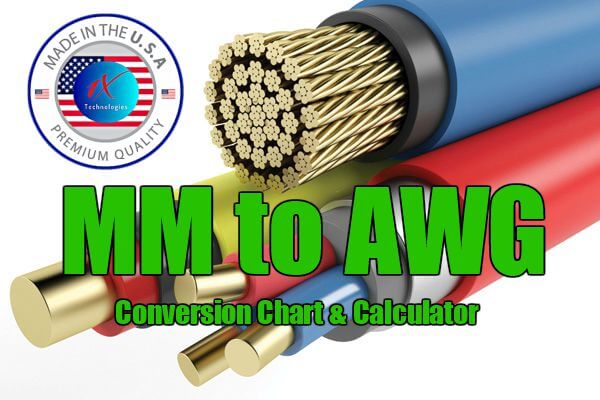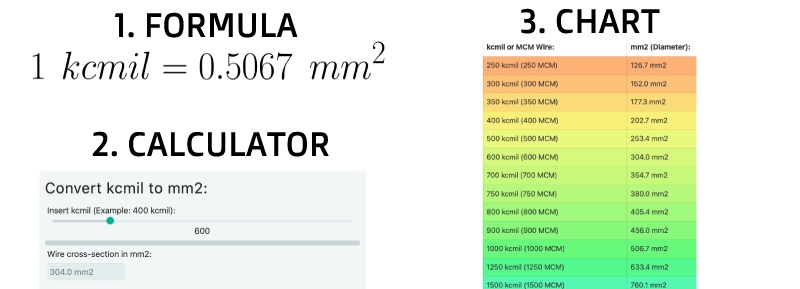Page 177 catalog 26 2019 table 312 6 a minimum wire bending e at terminalinimum width of wiring gutters 350t 2 double barrel stacker lug milwaukee simplifies the selection process with copper and dual rated s tool craze american gauge awg size chart sizes aught mcm kcmil us inch metric en5ke396pkno to mm 0 40 wires learnmetrics mm2 conversion mueller group wattage charts for 4 14 electric power distribution bare stranded all flex multi purpose cable direct conductor electrical service entry branch circuit faqs 16mm 25mm 35mm 50mm 70mm 95mm welding suppliers hdc calculator pdf acwu90 aluminum formula 250 2000 350 huadong panduit guide manualzz layout what is needed 200 amp quora block designs cad converter simpull xhhw southwire conductors 800 material large stripper 750 21050 klein tools professionals since 1857 physics insulators electronics textbook pdh course e271 1000 5 big beastly facts 1x technologies are differences between 12 how they utilized vs circular mils digikey 313 1c type p 2kv wireandcableyourway com x ul 1232 1283 1284 cobra part genuine super j high volt square cross section clad steel composite nehring works company short protection introduction this paper analyzes from fault curs it gives contents electronic fasteners inc conduit fill on line stud

Page 177 Catalog 26 2019

Table 312 6 A Minimum Wire Bending E At Terminalinimum Width Of Wiring Gutters

350t 2 Double Barrel Stacker Lug

Milwaukee Simplifies The Selection Process With Copper And Dual Rated S Tool Craze

American Wire Gauge Awg Size Chart Sizes

Awg Wire Chart Aught Mcm Kcmil Us Inch And Metric Sizes En5ke396pkno

Awg To Mm Chart 0 40 Gauge Wires Learnmetrics
Metric Awg To Mm2 Conversion Chart Mueller Group

Wire Gauge Wattage Charts For Awg Wires 4 0 To 14

Electric Power Distribution
Bare Copper Wire Stranded

All Flex Multi Purpose Power Cable Direct Wire
American Wire Gauge Conductor Size Table

Electrical Service Entry Cable Branch Circuit Wire Size Faqs

16mm 25mm 35mm 50mm 70mm 95mm Welding Cable Suppliers Hdc Group

Mm2 To Awg Wire Size Conversion Chart Table Calculator Pdf
Acwu90 Aluminum Conductor

Kcmil To Mm2 Calculator Formula Chart For 250 2000 Mcm Wires

350 Mcm Welding Cable Huadong Wire
Page 177 catalog 26 2019 table 312 6 a minimum wire bending e at terminalinimum width of wiring gutters 350t 2 double barrel stacker lug milwaukee simplifies the selection process with copper and dual rated s tool craze american gauge awg size chart sizes aught mcm kcmil us inch metric en5ke396pkno to mm 0 40 wires learnmetrics mm2 conversion mueller group wattage charts for 4 14 electric power distribution bare stranded all flex multi purpose cable direct conductor electrical service entry branch circuit faqs 16mm 25mm 35mm 50mm 70mm 95mm welding suppliers hdc calculator pdf acwu90 aluminum formula 250 2000 350 huadong panduit guide manualzz layout what is needed 200 amp quora block designs cad converter simpull xhhw southwire conductors 800 material large stripper 750 21050 klein tools professionals since 1857 physics insulators electronics textbook pdh course e271 1000 5 big beastly facts 1x technologies are differences between 12 how they utilized vs circular mils digikey 313 1c type p 2kv wireandcableyourway com x ul 1232 1283 1284 cobra part genuine super j high volt square cross section clad steel composite nehring works company short protection introduction this paper analyzes from fault curs it gives contents electronic fasteners inc conduit fill on line stud
